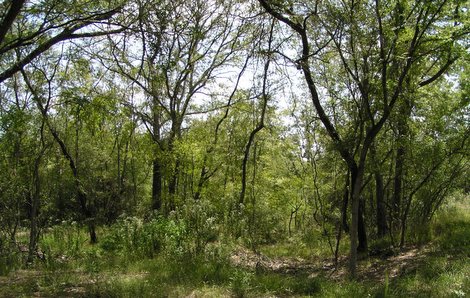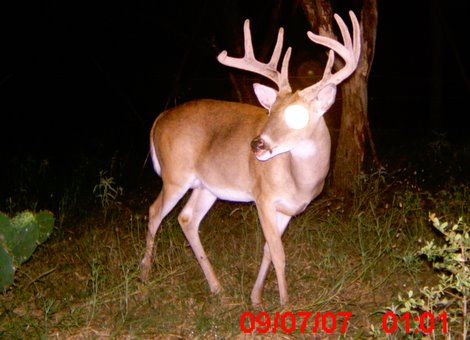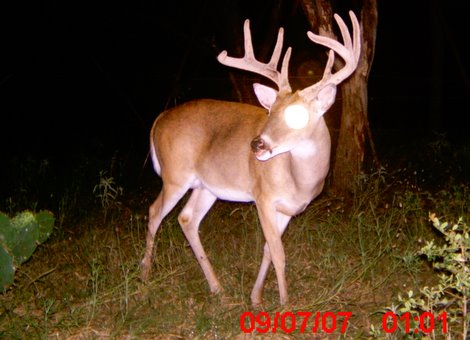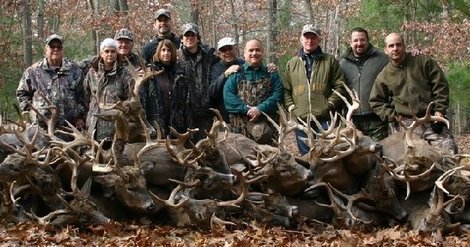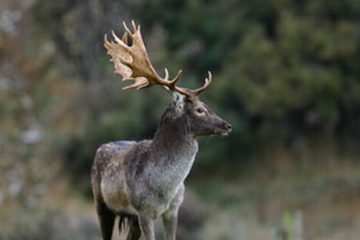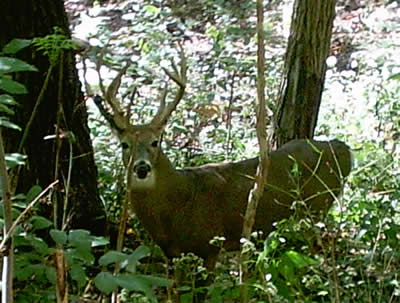
Each landowner or property manager must recognize the habitat needs of white-tailed deer on a continual basis and direct management towards meeting those needs. Since white-tailed deer have a relatively small home range of about ½ to 1 mile in radius over an annual basis, all of their needs for growth, reproduction, and cover must be met within this unit. Deer management is about food management–as in habitat.
Whitetail will seldom move from within their home range to meet their needs, even though better conditions may exists in the surrounding area! Deer are very versatile in their feeding habits and will eat a wide variety of items, including fruits, browse, forbs, agricultural crops, and even small amounts of grass. Deer “perform” best in habitat where a great variety of preferred food items are present. Continue reading “Deer Habitat Should Provide Deer Foods”
